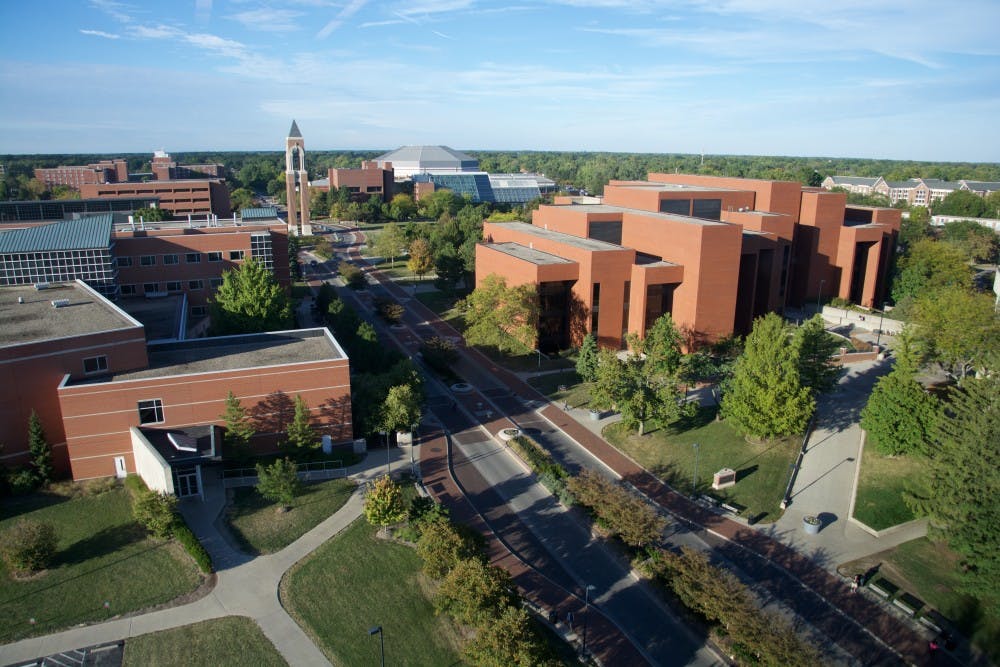Joan Todd marg:
“Not all referrals end in an arrest. The decision on whether to make an arrest or referral is based on the specific circumstances of each incident.”
Drug offense arrests and disciplinary referrals were on the rise on campus and on university-owned property last year.
In 2014, 91 drug violations were reported — an 89 percent increase from the 48 documented in 2013. The report shows 71 cases occurred in campus housing, with only 17 incidents ending in arrest, a drop from 29 on-campus drug arrests made in 2013.
University spokesperson Joan Todd said the majority of UPD’s drug-related calls are for marijuana use, rarely receiving reports of other forms of drug use.
“We see the slight increase in crime statistics as a sign that our efforts are working to encourage better reporting,” Todd said. “We want students to know that we’re here, that there is assistance and [that we] encourage them to reach out for help.”
Todd said drug-related arrests and disciplinary referrals are for minor possession or consumption. Although arrests by UPD are up, there are no specific criteria for arrest, she said. Officers evaluate the circumstances of each incident and take the appropriate action.
The numbers are from this year’s campus security report, which was released earlier this month to comply with the federal Clery Act, requiring schools to release annual crime statistics for crimes that occur on or near campus.
Contrary to Ball State, other Indiana public universities are seeing drops in drug arrests and violations.
Indiana University is continuing to see a downward trend, with drug arrests down by 52 incidents, according to iu.edu. Purdue University’s West Lafayette campus reported that drug-related arrests are steadily on the drop, and disciplinary referrals have fluctuated over the past five years, according to purdue.edu.
The number of sex offenses have also increased, going from 17 in 2013 to 19 in 2014. Instances of dating violence, domestic violence and stalking increased marginally from 2013, according to the campus report.
“Keep in mind that, on any given day, we are a ‘city’ of 17,000 to 25,000 people,” Todd said. “We care about our students and the entire university community. We incorporate prevention programs, rigorous enforcement and support services to reduce the potential of harm to our community members.”
Overall, Ball State sits between Indiana and Purdue University’s violent crime rate when adjusted for student enrollment.





